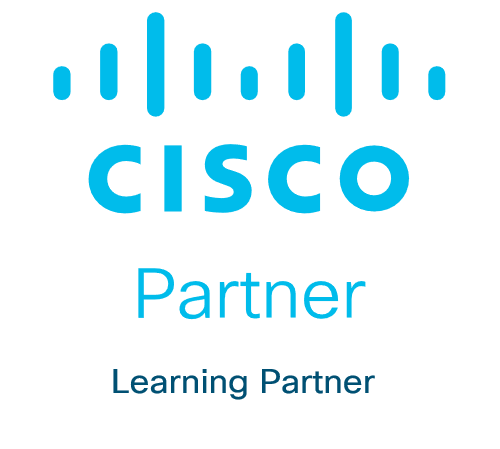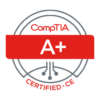Ask for more dates, other languages or a different delivery mode as needed and we will do our best to meet your needs.
| Language | Mode | Start Date |
|---|---|---|
| German | Virtual Class or Classroom | On request |
| French | Virtual Class or Classroom | On request |
| Italian | Virtual Class or Classroom | On request |
| English | Virtual Class or Classroom | On request |
What you’ll learn
Who should enroll
- Network Designers
- Network Administrators
- Network Engineers
- Systems Engineers
- Data Center Engineers
- Consulting Systems Engineers
- Technical Solutions Architects
- Cisco Integrators/Partners
- Field Engineers
- Server Administrators
- Network Managers
- Storage Administrators
- Cisco integrators and partners
Technology areas
- Data Center
Training overview
Objectives
After taking this course, you should be able to:
- Describe Cisco ACI Fabric Infrastructure and basic Cisco ACI concepts
- Describe Cisco ACI policy model logical constructs
- Describe Cisco ACI basic packet forwarding
- Describe external network connectivity
- Describe VMM Integration
- Describe Layer 4 to Layer 7 integrations
- Explain Cisco ACI management features
Prerequisites
To fully benefit from this course, you should have the following knowledge and skills:
- Understanding of networking protocols, routing, and switching
- Familiarity with Cisco Ethernet switching products
- Understanding of Cisco data center architecture
- Familiarity with virtualization fundamentals
The following Cisco courses may help you meet these prerequisites:
Outline
- Introducing Cisco ACI Fabric Infrastructure and Basic Concepts
- What Is Cisco ACI?
- Cisco ACI Topology and Hardware
- Describing Cisco ACI Policy Model Logical Constructs
- Cisco ACI Logical Constructs
- Tenant
- Describing Cisco ACI Basic Packet Forwarding
- Endpoint Learning
- Basic Bridge Domain Configuration Knob
- Introducing External Network Connectivity
- Cisco ACI External Connectivity Options
- External Layer 2 Network Connectivity
- Introducing VMM Integration
- VMware vCenter VDS Integration
- Resolution Immediacy in VMM
- Describing Layer 4 to Layer 7 Integrations
- Service Appliance Insertion Without ACI L4-L7 Service Graph
- Service Appliance Insertion via ACI L4-L7 Service Graph
- Explaining Cisco ACI Management
- Out-of-Band Management
- In-Band Management
Lab outline
- Validate Fabric Discovery
- Configure Network Time Protocol (NTP)
- Create Access Policies and Virtual Port Channel (vPC)
- Enable Layer 2 Connectivity in the Same Endpoint Group (EPG)
- Enable Inter-EPG Layer 2 Connectivity
- Enable Inter-EPG Layer 3 Connectivity
- Compare Traffic Forwarding Methods in a Bridge Domain
- Configure External Layer 2 (L2Out) Connection
- Configure External Layer 3 (L3Out) Connection
- Integrate Application Policy Infrastructure Controller (APIC) With VMware vCenter Using VMware Distributed Virtual Switch (DVS)




